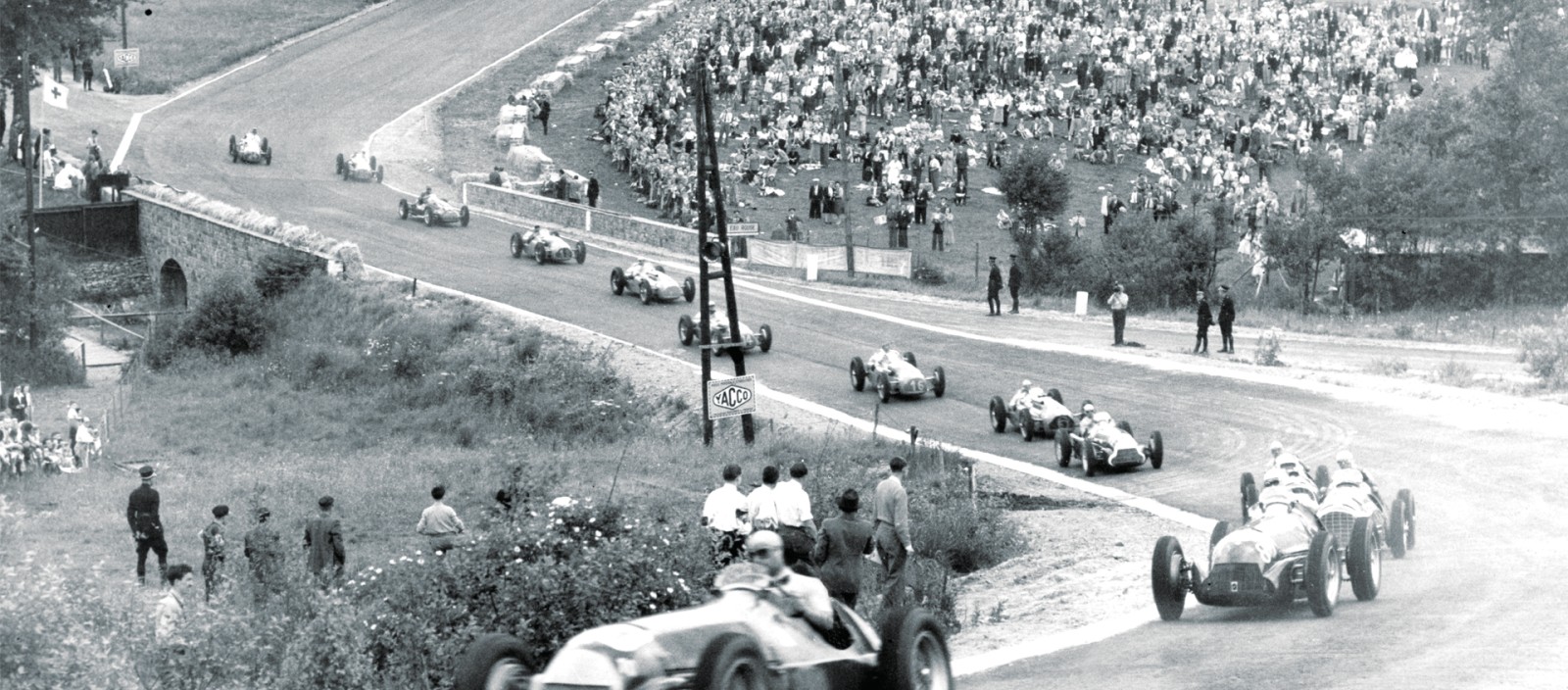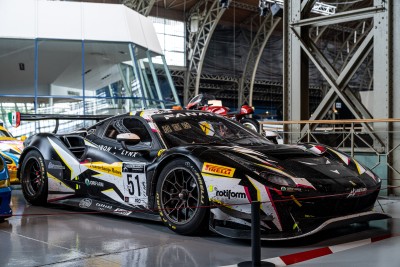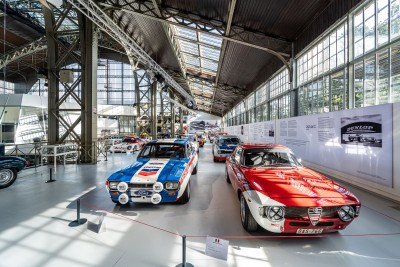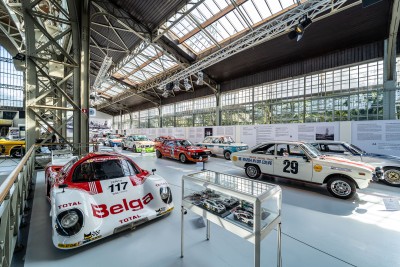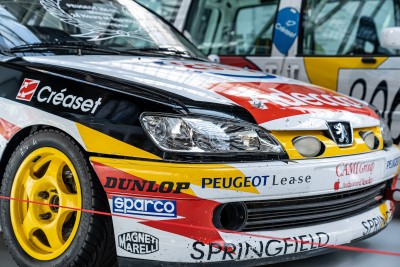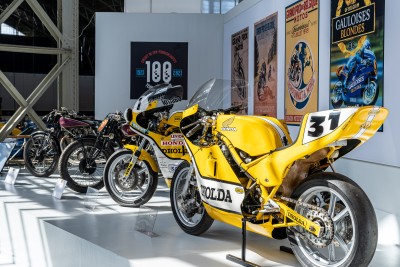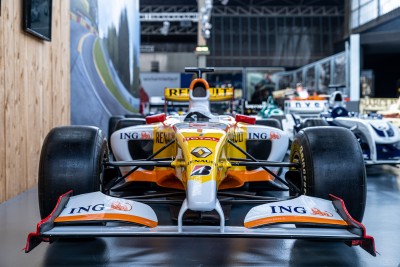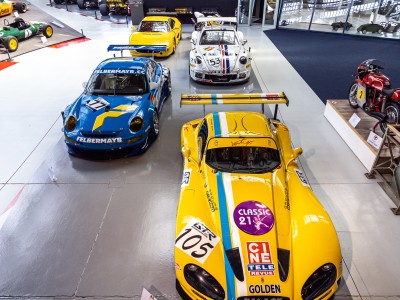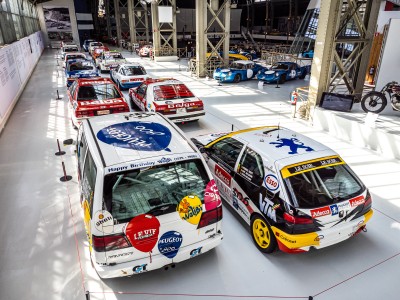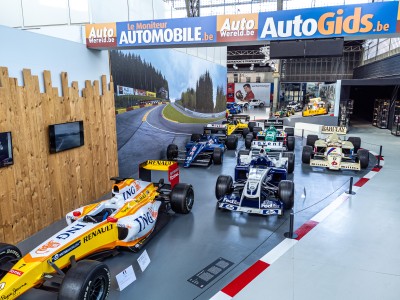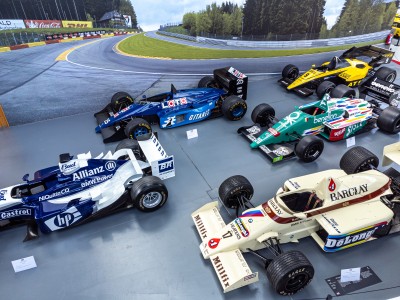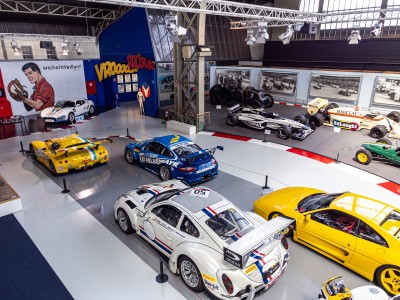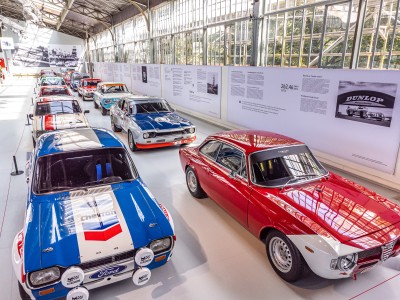Autoworld’s autumn exhibition will be focussed on the hundredth anniversary of our ‘national’ Circuit of Spa-Francorchamps.
Inaugurated on 12th August 1921, not everything passed off as foreseen. Only one sole and unique motor vehicle being present, it was finally but a few motorcycle races that were held. One needed to wait a further year prior for the first car races to take place: the Grand Prix of the RACB, over the distance of 600 kilometres. This first race was won by a Belgian, Baron de Tornaco, at the wheel of an Impéria-Abadal shod with Englebert tyres. “A triple Belgian victory!”, was how the “L’Automobile Belge” dated 20th August 1922 described it. However, that was the only truly positive part of the article, because somewhat further down it was stated that none of the other major automotive makes, such as Ballot, Peugeot, Sunbeam, Fiat or Bugatti, had been present. No more than any of the top Belgian makes such as Minerva, Nagant and Excelsior. In fact, there were a mere 12 cars at the start and … 3 at the finish. The reasons for this feeble participation? A regulation that excluded numerous car categories and the fact that many makes did not consider the event to be of importance to invest in same. Fortunately for the circuit, history was not to be repeated….
The track’s initial lay-out was comprised out of three sections of open road, roughly forming a triangle. With just under 15 km, the circuit was exceptionally long and followed the natural relief, which entailed numerous perilous climbs and descents, such as the Descente de Masta. For its time the circuit was rather fast. It obviously included its share of sharp bends, such as Source and Stavelot, but also long straights and treacherous curves. This combination proved to be fatal for many drivers and, in 1970, the last Grand Prix was held on the original circuit. Worth noting: the lap record on the old circuit was set in 1973 by Henri Pescarolo with his Matra 670B, in 3 min 13 sec 4, namely at an average of 262,41 km/h. Be that as it may, if it wanted to retain its international rank, the circuit needed to become shorter and safer. The new circuit was inaugurated in 1976. Its length was 6,9 km, but still retained a section of open road. It was only in 2003 that it became a permanent circuit, henceforth 7,004 km in length.
An exhibition based on three themes
The exhibition at Autoworld is built on the three themes which have given the circuit its international standing: the Grand Prix of Formula 1, the 1000 Kms/Spa 6 Hours and, it goes without saying, the 24 Hours.
Several dozen racing cars are exhibited, all having played a major role, in fact won competitions, and to complete the record of achievements, on display an insight of all the winners in 1:43 scale model format. In order to remain in line with the theme, the museum opted to transform the “Sport & Competition” and “Design Story” zones on the first floor into a large paddock where visitors will have the opportunity to immerse themselves into the history of our Ardennes circuit, which all countries are envious of, and which drivers and the general public quite rightly state as being “the greatest circuit in the world”.
Photo
The Circuit of Francorchamps as presented more than 100 years ago by Jules de Thiers from the “La Meuse” newspaper. Worth underlining: the circuit ran in an anticlockwise direction. No mention, in those days of the renowned “Raidillon”.
